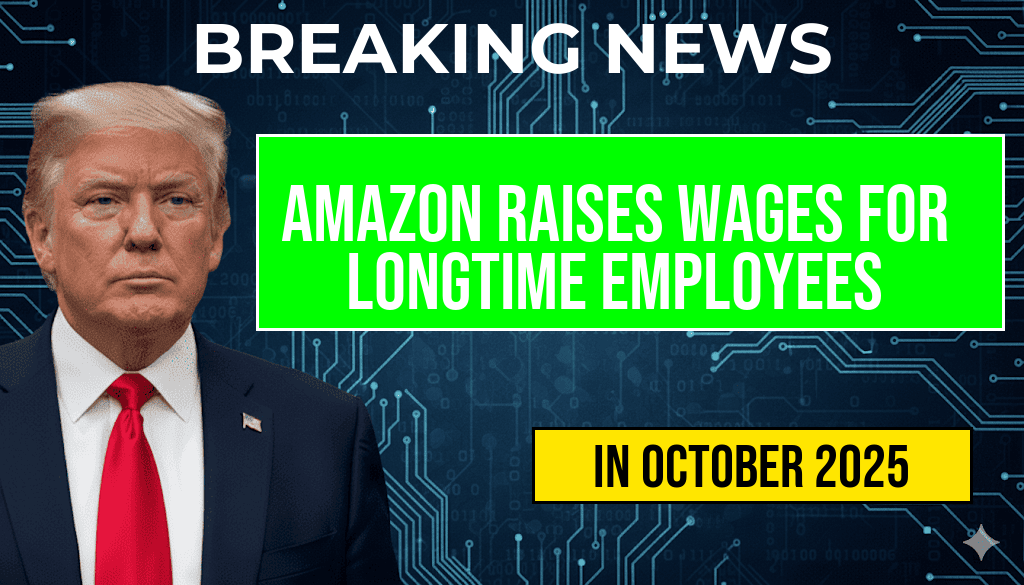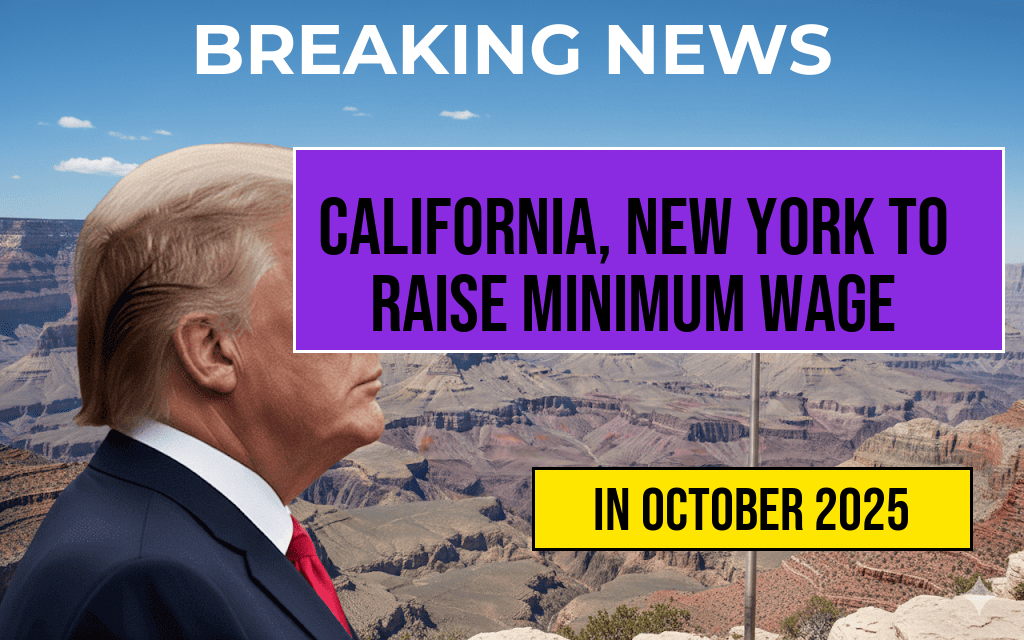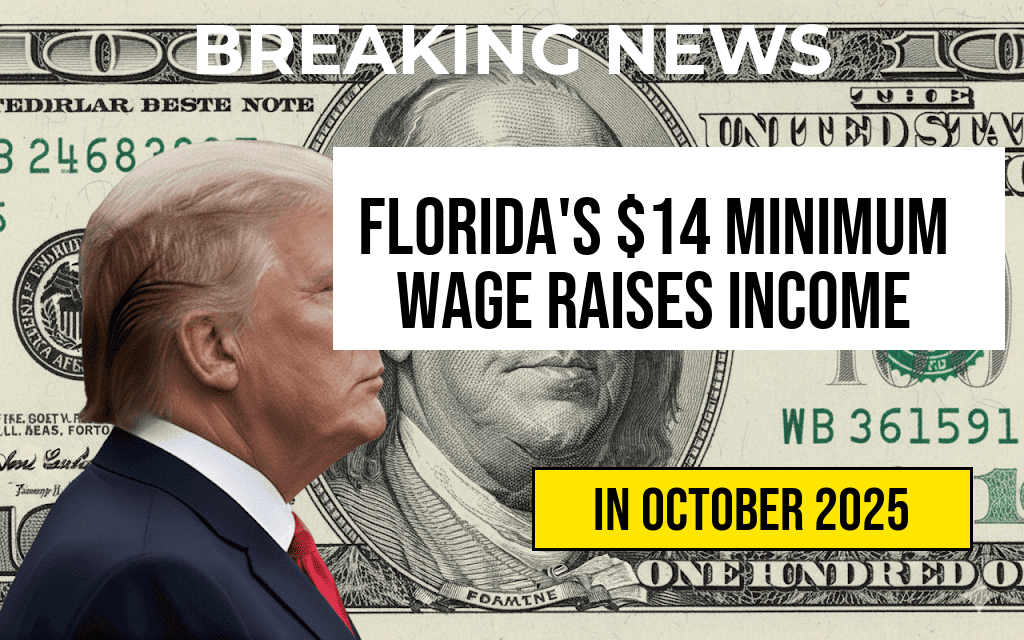Medicare recipients are facing a notable increase in their healthcare costs this year, as the standard Part B premium rises by $10.30, reaching a new average of $174.70 per month. This adjustment comes despite the 2024 Cost-of-Living Adjustment (COLA) of 3.2%, which typically aims to offset inflation’s impact on retirees. However, the COLA falls short of covering the steep premium hike, effectively reducing the purchasing power of many seniors and beneficiaries relying on Medicare assistance. The discrepancy between the COLA and Part B premium increase underscores ongoing financial pressures within the Medicare program, prompting concerns over affordability and the sustainability of benefits amid rising healthcare costs.
Medicare Part B Premiums Surge Amidst Flat COLA
Understanding the 2024 Premium Increase
For 2024, the standard Medicare Part B premium will jump by $10.30 from $164.40 to $174.70, marking a significant rise that impacts approximately 62 million Americans enrolled in the program. This increase represents roughly a 6.3% hike, surpassing the typical annual adjustment seen in recent years. The Centers for Medicare & Medicaid Services (CMS) attributes the rise primarily to higher healthcare costs, including increased spending on outpatient services, physician fees, and prescription drugs.
The Role of COLA and Its Limitations
The Cost-of-Living Adjustment (COLA) for 2024 is set at 3.2%, which translates to an average increase of about $50 per month for most Social Security beneficiaries. While this adjustment is designed to help seniors cope with inflation, it falls short of covering the full extent of the Medicare premium hike. As a result, many retirees will find their overall purchasing power diminished, with more of their fixed income allocated toward healthcare expenses.
| Year | Standard Premium | Increase | Percentage Change |
|---|---|---|---|
| 2023 | $164.40 | N/A | N/A |
| 2024 | $174.70 | $10.30 | 6.3% |
Impact on Beneficiaries and Policy Discussions
Financial Strain on Retirees
Many seniors depend on fixed incomes from Social Security and retirement savings, making any increase in healthcare costs particularly burdensome. For some, the additional $10.30 monthly expense could mean diverting funds from essentials such as prescriptions, groceries, or housing. Advocacy groups warn that such rises could exacerbate health disparities, especially among low-income seniors and those with chronic conditions requiring ongoing treatment.
Policy Responses and Future Outlook
Lawmakers and policy analysts are scrutinizing the disconnect between COLA adjustments and rising Medicare costs. Some proposals aim to cap premium increases or provide targeted subsidies to vulnerable populations. The Biden administration has suggested exploring measures to stabilize Medicare finances, including potential adjustments to the premium structure or increased funding sources. Experts emphasize that without intervention, the trend of rising premiums could threaten the program’s long-term sustainability and accessibility.
Additional Costs and Considerations
Additional Medicare Expenses
- Part D Prescription Drug Coverage: Premiums for Part D plans are also expected to rise, with average increases around $7 per month, depending on the plan.
- Medicare Advantage Plans: While some plans may offer additional benefits, they often come with higher premiums and out-of-pocket costs that can vary significantly based on location and coverage options.
- Supplemental Insurance: Many beneficiaries purchase Medigap policies to cover gaps in coverage, adding to overall healthcare expenses.
Resources for Beneficiaries
Individuals seeking assistance or more information about their Medicare costs can visit official resources such as the Medicare website or consult with local senior advocacy organizations. Staying informed about potential plan changes and exploring eligibility for assistance programs can help mitigate financial strain.
Looking Ahead
The rising Medicare premiums amid modest COLA increases highlight ongoing challenges within the healthcare funding landscape. As costs continue to climb, the debate over how to balance program sustainability with affordability for beneficiaries remains central to policy discussions. Stakeholders across government, advocacy groups, and the healthcare industry are closely monitoring developments that could influence future benefits and contribution structures. For now, many seniors face a difficult reality: inflation-adjusted benefits may not fully shield them from the escalating costs of essential healthcare services.
Frequently Asked Questions
What is the main reason for the increase in Medicare Part B premiums?
The increase in Medicare Part B premiums is primarily due to the cost of living adjustment (COLA) of ten dollars and thirty cents, which will be partially used to cover higher healthcare costs.
How much of the COLA will be allocated to cover increased Part B costs?
Out of the $10.30 COLA, a significant portion will go toward covering the rising costs of Medicare Part B premiums, impacting beneficiaries’ out-of-pocket expenses.
Who will be affected by the increased Medicare Part B premiums?
All Medicare Part B beneficiaries will be affected by the premium increase, which may lead to higher monthly payments for many seniors relying on Medicare coverage.
Will the COLA increase affect other Medicare benefits or just Part B?
The COLA increase primarily impacts Medicare Part B premiums, but it may also influence other benefits indirectly by adjusting overall healthcare costs and coverage options.
What should beneficiaries do to prepare for the increased Part B costs?
Beneficiaries should review their Medicare premium details, consider budget adjustments, and explore assistance programs if needed to manage the financial impact of the premium increase.










